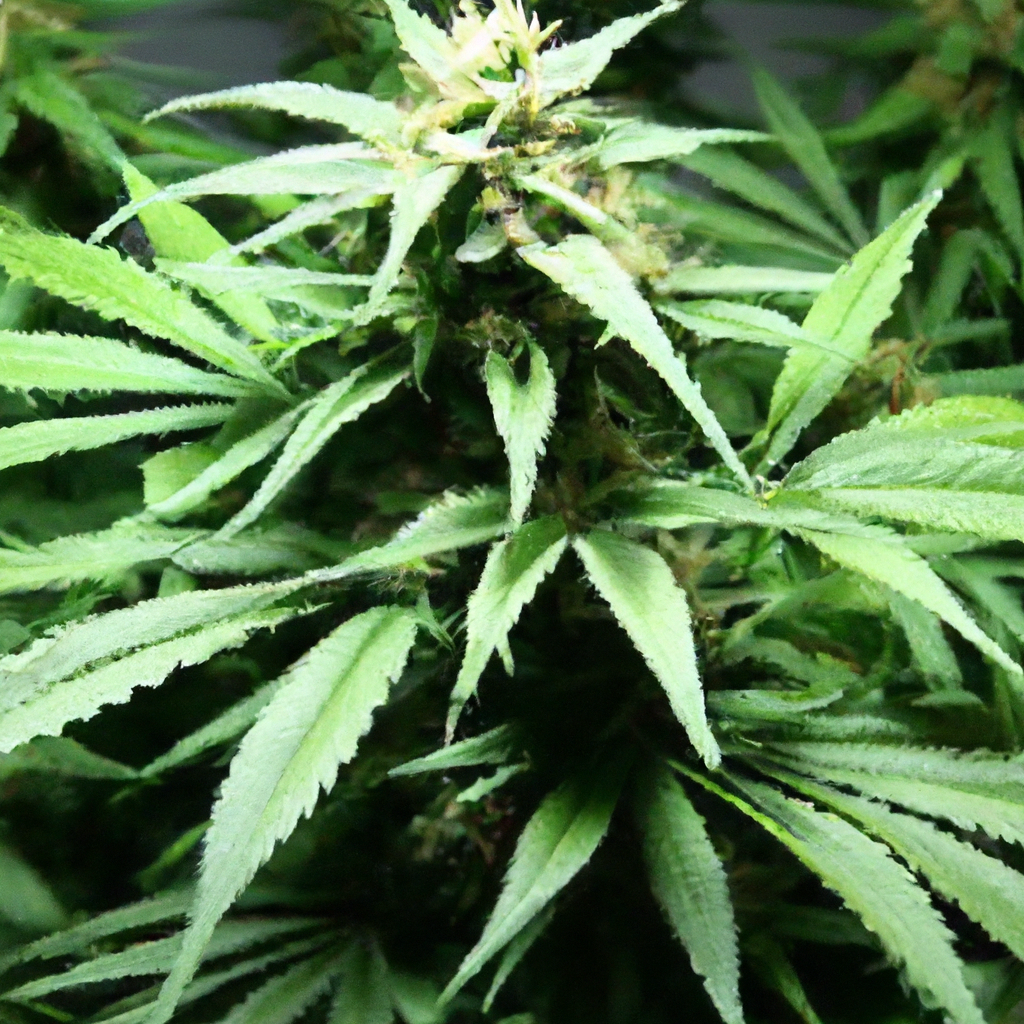By John “Magic” Greenleaf – “Growing greatness, one strain at a time.”
Introduction
For many cannabis cultivators, understanding the art and science behind lighting schedules is crucial to achieving optimal growth and yield. Whether you’re venturing into indoor or outdoor cultivation, mastering light cycles impacts plant behavior, flowering, terpene expression, and overall harvest success. Join me, John “Magic” Greenleaf, as we delve into the essentials of cannabis light scheduling and how it can elevate your gardening game.
The Role of Light in Cannabis Growth
Lighting is arguably the most pivotal factor in cannabis cultivation, affecting everything from plant metabolism to flowering. Here’s why light matters:
- Photosynthesis: As the driving force behind plant life, light facilitates the conversion of carbon dioxide and water into glucose and oxygen, fueling growth.
- Photoperiodism: Cannabis is a photoperiodic plant, meaning its growth and flowering phases are triggered by the specific durations of light and darkness it receives.
- Intensity and Spectrum: Different stages of growth benefit from varying light intensities and spectrums, influencing everything from vegetative vigor to bud development.
How-to Guide: Setting Up Your Light Schedule
To optimize your cannabis grow, tailor your lighting schedule to align with your plant’s natural life cycle:
Vegetative Stage
During vegetative growth, aim to provide 18-24 hours of light daily. This promotes robust foliage, stem development, and prepares your plants for flowering.
Flowering Stage
Switch your schedule to 12 hours of light followed by 12 hours of uninterrupted darkness to simulate autumnal shifts, prompting your cannabis to flower.
Advanced Techniques
- Gas Lantern Routine: An alternative method involving 12 hours of light, 5.5 hours of darkness, a burst of light, and another 5.5 hours of darkness. Promoted by some to quickly boost vegetative growth.
- Supplemental Lighting: Indoors or on gloomy days, consider LED or HPS lighting to maintain consistent growth.
Common Light Schedule Challenges and Solutions
- Light Leaks: These can disrupt the flowering phase. Ensure your grow area is completely dark during the dark cycle.
- Power Outages: Use backup power or timers to minimize disruptions. Regularly check equipment for reliability.
- Environmental Control: Fluctuations in temperature and humidity coincide with changes in lighting. Maintain stable conditions to prevent stress.
Conclusion
Mastering cannabis light schedules is a blend of science and intuition. By understanding your plant’s natural responses and adjusting your methods accordingly, you can maximize yield and ensure a potent, flavorful harvest. Remember, “Healthy roots, healthy buds, happy harvests.” Until next time, keep those lights dialed in and your gardens thriving!


Leave a Reply